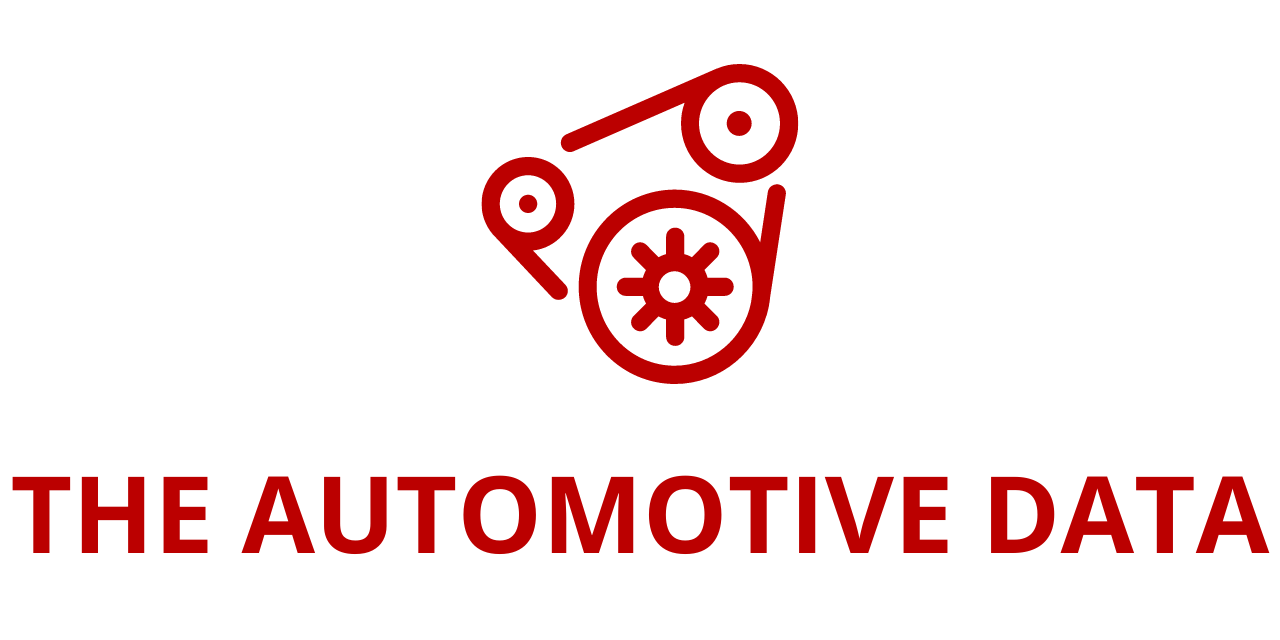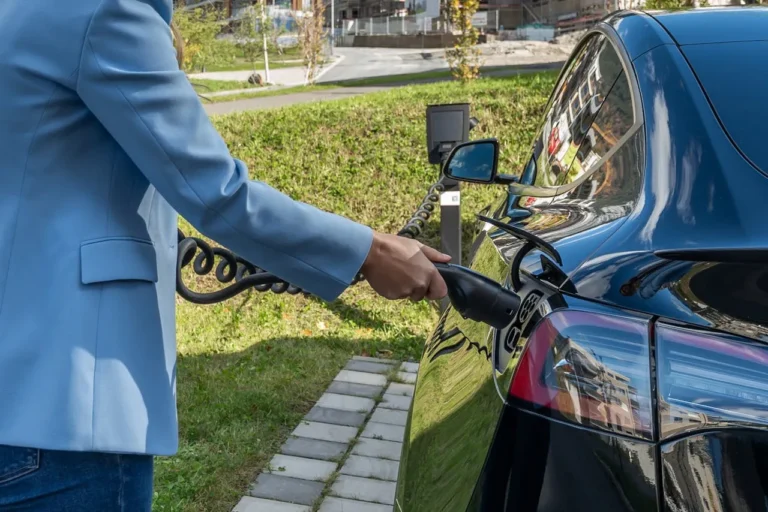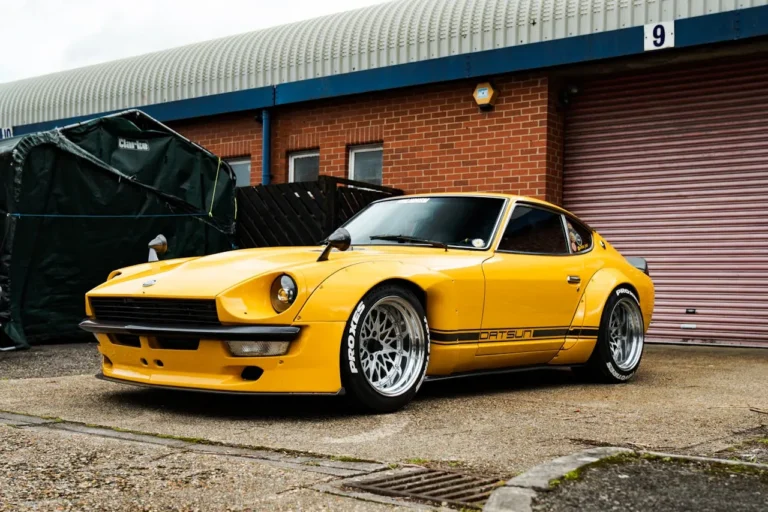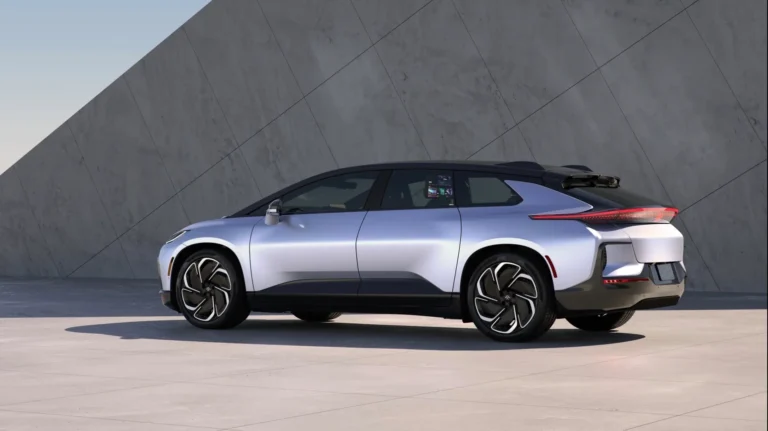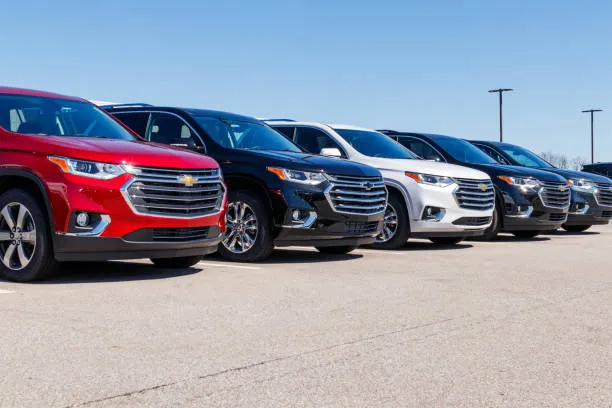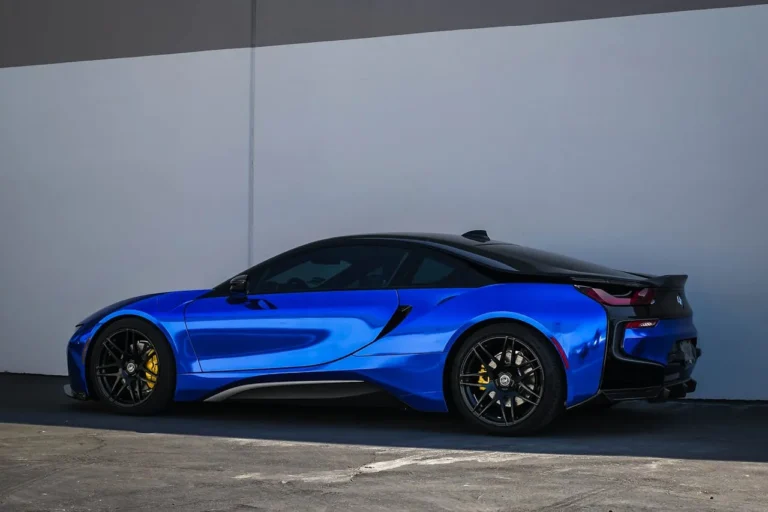
When it comes to automotive paint, it’s often the finer details you don’t notice that signal true quality. A smooth and even finish makes every Nissan vehicle shine—whether it’s the sleek Electric Blue Metallic Sentra or the rugged Baja Storm Metallic Rogue. To achieve this impeccable finish, Nissan uses nearly two gallons of paint per vehicle during the manufacturing process. With three coats—primer, base, and clear—there are numerous opportunities for imperfections to occur, even in highly controlled environments.
To combat these potential flaws, Nissan has invested in advanced artificial intelligence (AI) and machine learning technology to improve defect detection. The AUTIS Surface Verification System has increased Nissan’s detection rate by nearly 7% at the Smyrna, Tennessee assembly plant.
AUTIS operates by using high-resolution cameras that capture 15,000 images of each vehicle immediately after painting. These images are then analyzed for potential defects.
“The human eye can catch 85%-95% of flaws, but AUTIS identifies over 98%,” says Travis Fritsche, a paint process engineer at Nissan.
When AUTIS detects a potential flaw, technicians review the images on monitors and company-issued wrist-worn smartphones specifically designed for the inspection process. This system reduces eye strain while increasing the time available to address and correct any issues.
“Technicians are crucial for confirming and categorizing defects. AUTIS enhances their work, not replaces it,” adds Rod Lynch, a new model paint engineer at Nissan.
Fritsche adds, “AUTIS has significantly reduced our investigation time and raised the overall quality of our paint process.”
Harnessing machine learning for continuous improvement
Since its introduction nearly three years ago, AUTIS has evaluated over 500,000 Nissan vehicles at the Smyrna Vehicle Assembly Plant alone. It’s also used at Nissan plants in Canton, Mississippi, and Aguascalientes, Mexico, covering models like the Altima, Frontier, LEAF, Pathfinder, Rogue, Kicks, Sentra, Versa, and Murano.
AUTIS uses machine learning to continuously improve its detection capabilities.
“It’s a self-learning system,” says Lynch. “With feedback from technicians, AUTIS learns to identify defects like dirt, fibers, and craters. It will keep refining itself, building a library of what various defects look like.”
This expanding defect library not only speeds up the identification process but also helps pinpoint process issues by categorizing defects according to vehicle type and color.
“AUTIS can group defects to help us identify patterns and improve our processes,” Fritsche explains.
Nissan has long been a pioneer in paint inspection technology. In 1985, it became the first auto manufacturer to use laser-equipped robots to inspect paintwork, identifying flaws as small as 0.3 millimeters in just 45 seconds. Today, AUTIS can detect imperfections as small as 0.2 millimeters in less than half the time, marking nearly four decades of technological advancement.
While paint covers the surface, Nissan’s dedication to quality runs much deeper. By combining human expertise with cutting-edge AI, Nissan ensures its vehicles meet the highest standards of craftsmanship.
